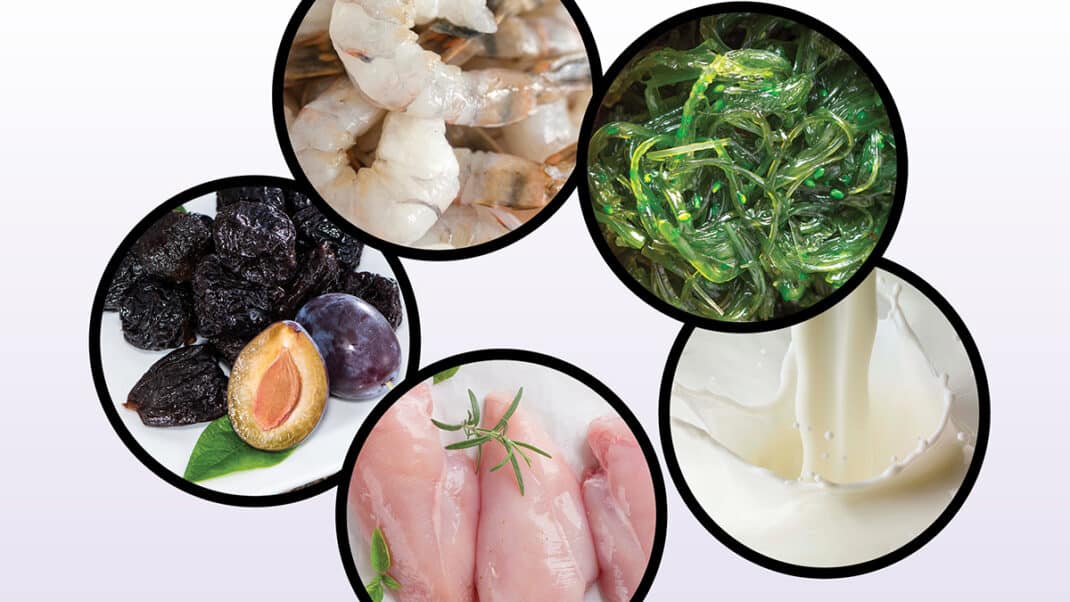Study reveals how a ‘non-industrialized’ diet can impact health measures
Rooted in traditional eating patterns, our microbiomes seem to favor the plant-focused NiMe Diet.

Modern diets that are heavily processed and low in fiber have been a subject of scrutiny, with their ties to increasing rates of chronic illnesses like obesity, heart disease, cancer, and diabetes. As a countermeasure, a paper published in the scientific journal Cell by a team of international researchers found that a newly developed eating pattern called the NiMe Diet (Non-Industrialized Microbiome Restore) that is inspired by the eating habits of non-industrialized communities in Papua New Guinea led to significant metabolic and immunological improvements in a human intervention study. Results from the 3-week trial included weight loss (although the 30 participants didn’t consume fewer calories than their regular diet), a drop in LDL cholesterol by 17%, decreased blood sugar by 6%, and a 14% reduction in a marker for inflammation and heart disease called C-reactive protein. According to the investigators, these benefits were directly linked to improvements in the participants’ gut microbiome, specifically, microbiome features damaged by industrialization. Participants who consumed L. reuteri, a beneficial bacterium found in the gut microbiome of rural Papua New Guineans but largely absent in industrialized societies,while adhering to the NiMe Diet exhibited enhanced gut microbiome diversity, including reductions in pro-inflammatory bacteria and harmful bacterial genes that degrade the gut’s mucus layer. The diet shares these key characteristics of non-industrialized diets:
- Plant-based focus, but not vegetarian: Primarily made up of vegetables, legumes, and other whole-plant foods. One small serving of animal protein per day (salmon, chicken, or pork).
- No dairy, beef, or wheat: Excluded because they are not part of the traditional foods consumed by rural Papua New Guineans.
- Very low in processed foods that are high in sugar and saturated fat.
- Fibre-rich: Fiber content was 22 grams per 1,000 calories consumed which exceeds current dietary recommendations.
References
https://www.cell.com/cell/fulltext/S0092-8674(24)01477-6
Matthew Kadey, MS, RD
Matthew Kadey, MS, RD, is a James Beard Award–winning food journalist, dietitian and author of the cookbook Rocket Fuel: Power-Packed Food for Sport + Adventure (VeloPress 2016). He has written for dozens of magazines, including Runner’s World, Men’s Health, Shape, Men’s Fitness and Muscle and Fitness.


